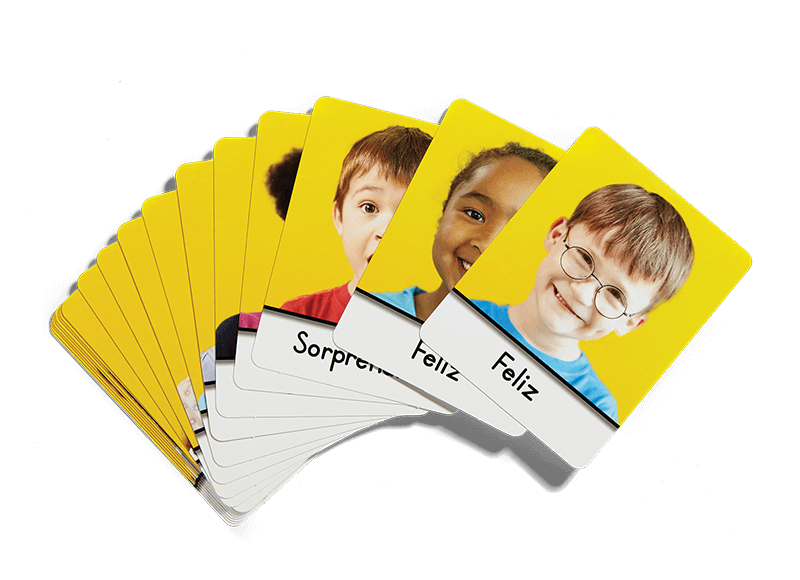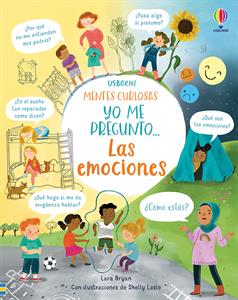No routine comes without an explicit lesson. This week I have been working with my Pre-K students on building up to this routine. Several lessons are completely dedicated to teaching ¿Cómo estás? and 3-4 responses. I used to only teach three responses but after introducing the first three feelings I realized they could handle more. I gave students the chance to show their feelings every day using a couple of different worksheets. Here is one example from one of my Pre K 4 students Sylvia:
I used puppets in this lesson as well, having each puppet feel a different emotion. I also found this video (though a little strange) very helpful at remembering the routine:
I really like these Learning Time Fun videos that focus on one feeling at a time. They have short videos on these feelings: Feliz, Enojado, Tender Sed, Enferma, Tener Frio.
I used music from Ana Lomba's Hop, Skip and Sing Spanish as background music while students worked on their sheets.
Another fun activity is to hold up feeling cards that have the different emotion face on them and then ask the students to show that emotion and saying the feeling word.








